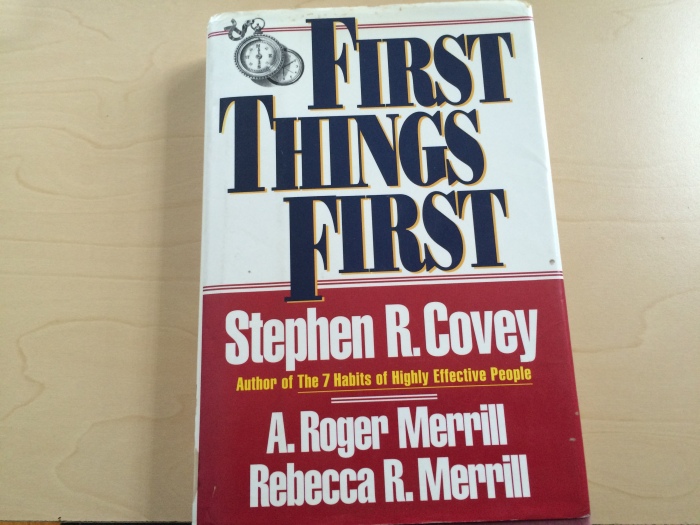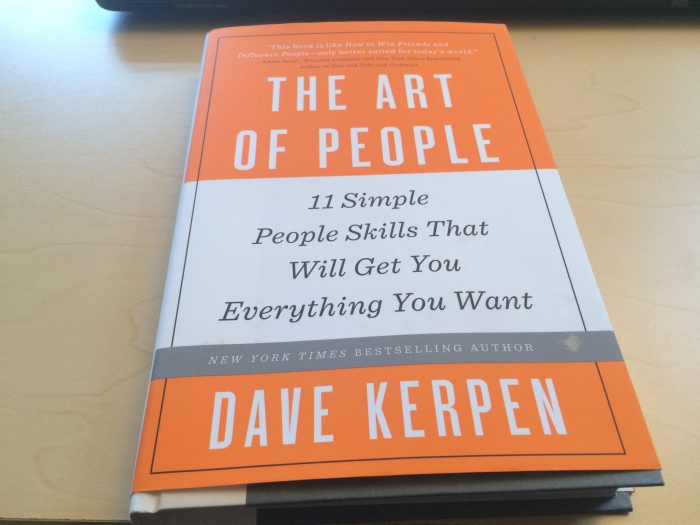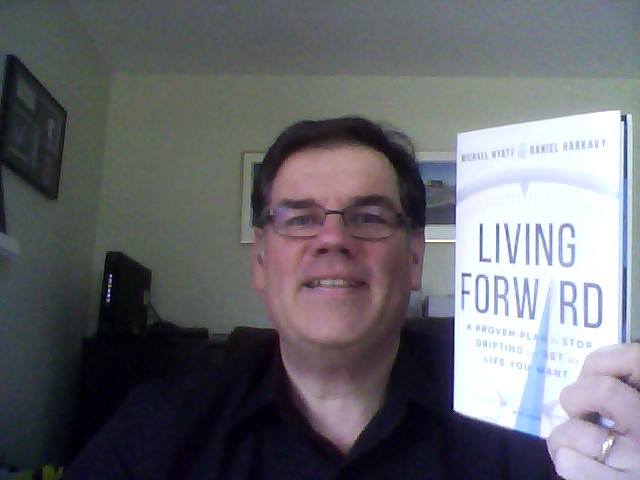
Today, we are continually expected to do more with less. We become stretched thin with different personal and professional obligations, many times serving other people’s agenda and not our own.
Steven R. Covey, author of the classic book “The 7 Habits of Highly Effective People”, along with A. Roger Merrill and Rebecca R. Merrill, wrote “First Things First”, a book on time management and prioritization. “First Things First” takes Habit # 3 from “The 7 Habits of Highly Effective People” and builds on it.
Many times, we may find ourselves busy but not working on the things that move us towards our own personal goals. Other distractions come in and divert our attention to work that may fulfill a shorter term need at the expense of what it truly important to us. This can lead to stress and frustration.
Looking at what is most important to us will help to identify the work that fulfills us and makes a true difference in our lives and of those most important to us. Covey utilizes “The Eisenhower Method” of time management. This method attributed to former U.S. President Dwight D. Eisenhower considers 2 different types of problems: “urgent” and “important”. Using a quadrant with “Urgent” and “Not Urgent” at the top and “Important” and “Not Important” on the side, there are 4 groupings of tasks. Covey argues that work that is important, but not urgent is most neglected but should be most valued as that is work that produces long-term results. Many times, work that is both important and urgent address short-term needs.
“First Things First” also looks to find balance with our personal and professional lives and regain control of our lives. Having proper balance in our lives will not only strength our personal relationships, but also make us stronger and more effective at work.


